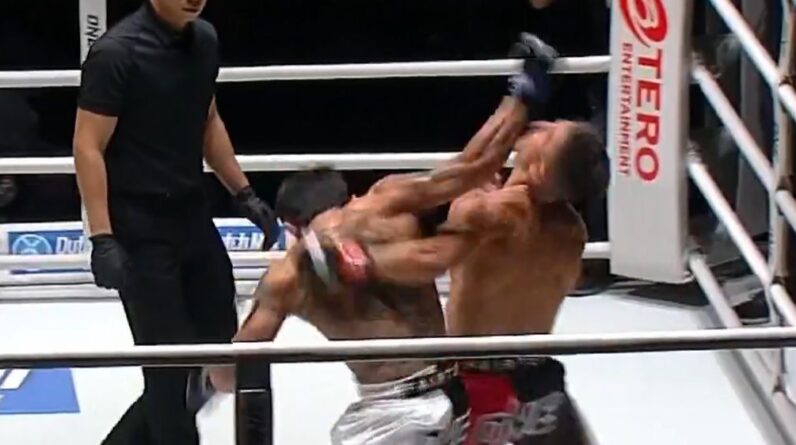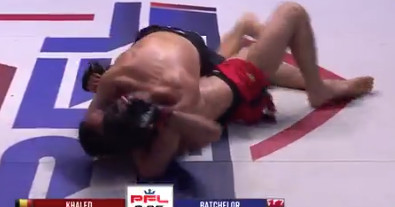Table of Contents
California Supreme Court Decision: What It Means for MMA Fans
Imagine training hard, perfecting your jiu-jitsu moves, and then facing an unexpected legal battle—sounds like an MMA bout outside the octagon, right? Recently, the California Supreme Court refused to review a stunning verdict that awarded Jack Greener a whopping $56 million after he sustained injuries during a jiu-jitsu session. Let’s break down the play-by-play action of this decision and what it might mean for MMA enthusiasts, fighters, and even gym-goers.
The Bold Verdict and Its Impact
In this high-stakes legal match, Jack Greener was handed a $56 million win—a verdict that sent shockwaves through both the legal world and combat sports communities. The California Supreme Court’s refusal to review the decision effectively leaves the lower court’s ruling intact, setting a significant precedent in liability cases arising from combat sports and training injuries.
For MMA fans and practitioners, this decision raises pressing questions about safety standards during training sessions and the legal implications of injuries incurred during combat sports. It also shines a bright spotlight on the need for clear rules and protocols when it comes to both competitive and recreational martial arts.
Why Should MMA Fans Care?
– **Safety & Regulation:** Just like you wouldn’t jump into a fight without proper gear, gyms and training sessions might see tighter safety regulations to avoid heavy legal blows.
– **Legal Precedents:** A $56 million verdict could reshape how liability is determined in your favorite sport. It’s a reminder that even in training, legal risks are part of the game.
– **Injury Prevention:** This case underscores the importance of proper supervision, well-maintained equipment, and clear training guidelines to prevent injuries that can lead to massive financial consequences.
Insert image of fighters training in a gym here.
FAQs: Your Top Questions Answered
- Is this decision common in combat sports?
Not really. While injuries are part of the sport, a verdict of this magnitude is unusual and highlights serious concerns regarding negligence and proper oversight. - Could this change how training sessions are conducted?
Absolutely. Gyms might adopt stricter protocols and training standards, which could be a silver lining for enhancing fighter safety. - Will other states follow California’s lead?
It’s possible. Legal precedents in one state often influence trends in others, prompting a broader discussion on responsibility and compensation in combat sports.
Comparing Legal Outcomes in Combat Sports
Below is a table that outlines how this verdict compares with past notable cases related to sports injuries:
| Case | Sport/Activity | Injury/Incident | Verdict Award |
|---|---|---|---|
| Jack Greener Case | Jiu-Jitsu | Training Injury | $56 Million |
| Case A | MMA | Fight Injury | $20 Million |
| Case B | Boxing | Sustained Head Injury | $35 Million |
In this table, you can see how court decisions span a wide range in the world of combat sports. Greener’s case stands out as a dramatic turning point that many are watching closely.
Wrapping Up: The Final Bell
In summary, the California Supreme Court’s decision not to review the $56 million verdict in Jack Greener’s case is more than just legal news—it’s a wake-up call for everyone involved in combat sports. Whether you are an athlete, a coach, or a die-hard MMA fan, understanding these legal ramifications can help you appreciate the complexity and risks of martial arts training.
Next time you step onto the mat or head into the gym, remember that every move you make not only affects your performance but might also influence the future of combat sports safety.
Feeling inspired or have questions? Drop your thoughts in the comments below and join the conversation—let’s keep our community informed and engaged!





